Tel: +86 17310763143
E-mail: sales@nmgymjx.com
Website: www.nmgymjx.com
Address:The intersection of G242 and 311 roads, Langshan town, Linhe district, Inner Mongolia, China.
The height of the feed inlet of the elevator has a significant impact on the operational efficiency, material conveying effect, energy consumption, and equipment lifespan of the equipment. The following provides a detailed analysis of the impact of the height of the feed inlet of the elevator from multiple perspectives.
1. Material conveying efficiency
The main function of the hoist is to transport materials from low to high, and the height of the feed inlet directly determines the initial conveying position of the materials. If the height of the feed inlet is too low, it may cause significant impact force on the material when entering the elevator, especially for brittle materials, which may cause material breakage or damage. In addition, a low feed inlet may also cause material accumulation during the lifting process, affecting the continuity and efficiency of transportation.
On the contrary, if the height of the feed inlet is too high, it may cause the material to enter the elevator too quickly, thereby increasing the impact force of the material and potentially causing damage to the material. In addition, excessively high feed ports may cause material to slide during the lifting process, reducing conveying efficiency.
2. Energy consumption
The height of the feed inlet also has an impact on the energy consumption of the elevator. When the feed inlet is too low, the hoist needs to consume more energy to lift the material from low to high, thereby increasing energy consumption. In addition, a low feed inlet may also cause significant frictional resistance during the lifting process, further increasing energy consumption.
When the feed inlet is too high, although the energy consumption of the hoist is relatively low, if the material enters the hoist at a too fast speed, it may increase the load on the hoist, leading to an increase in energy consumption. Therefore, the reasonable setting of the feed inlet height is crucial for reducing energy consumption.
3. Equipment wear and tear and lifespan
The height of the feed inlet also has a significant impact on the wear and lifespan of the hoist. When the feed inlet is too low, the material is subjected to significant impact force when entering the hoist, which may cause significant wear on the hoist's chains, hoppers, and other components, thereby shortening the service life of the equipment.
When the feed inlet is too high, the material enters the elevator at a too fast speed, which may increase the load on the elevator and cause significant vibration and impact during equipment operation, thereby accelerating equipment wear. In addition, excessively high feed ports may also cause material to slip during the lifting process, increasing equipment wear and tear.
4. Material characteristics
Different materials also have different requirements for the height of the feed inlet. For materials with larger particles and higher density, the height of the feed inlet should be appropriately reduced to reduce the impact force of the material when entering the elevator, avoid material crushing and equipment wear. For materials with smaller particles and lower density, the height of the feed inlet can be appropriately increased to improve the conveying efficiency of the material.
In addition, for materials that are fragile, damp, and prone to clumping, the height of the feed inlet should be set more carefully to avoid damage or blockage during the lifting process.
Inner Mongolia elevator


De-impurity
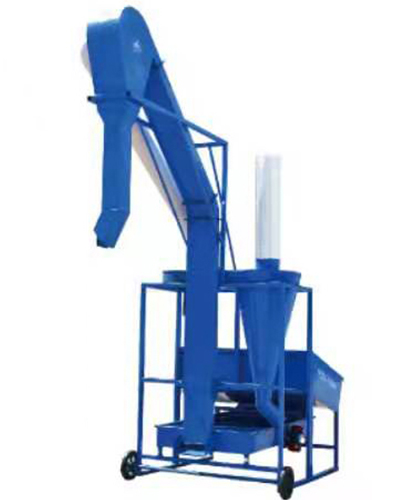
Delivery of the wind for raw material

Dmс-160 type pulsed jet cloth filter
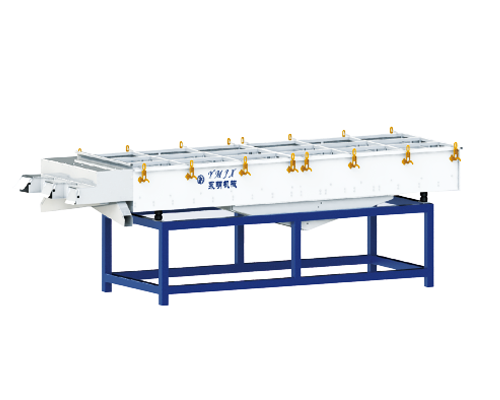
Grading screen
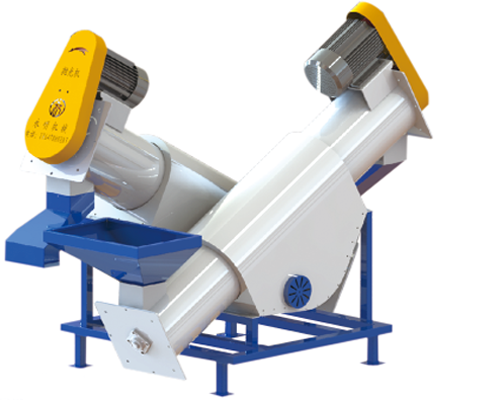
Polisher
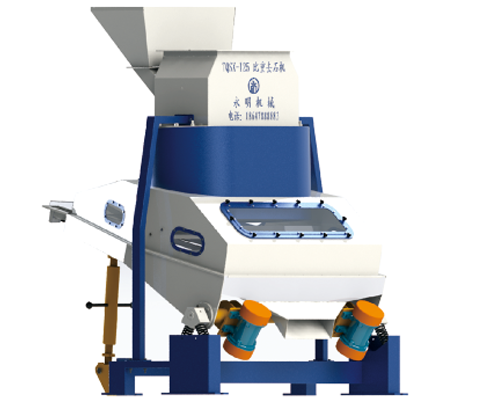
De-stoner
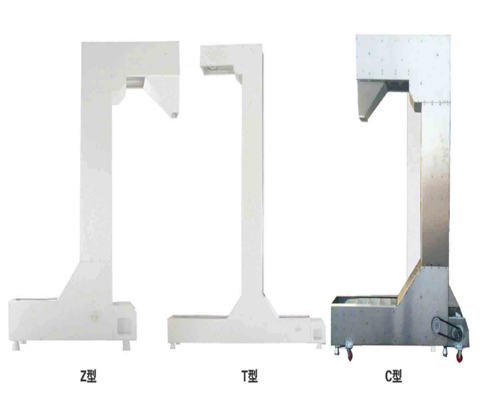
Unbroken elevator
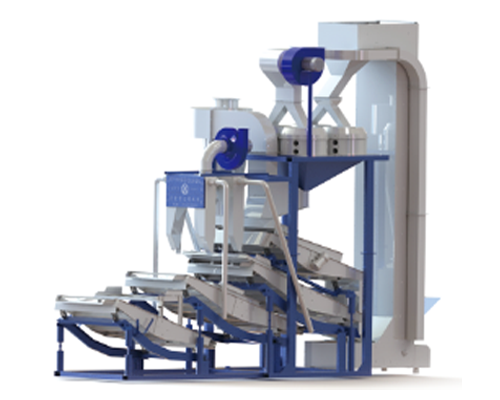
KTF4-3000 Sunflower seed hulling & separating machine
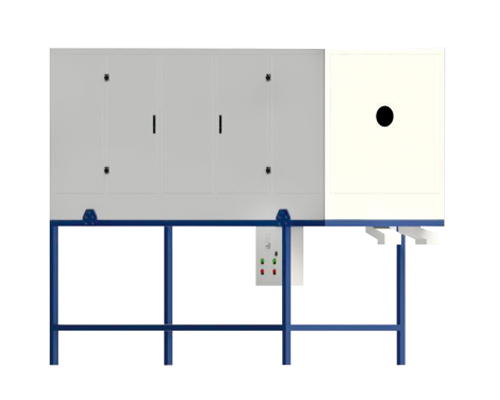
Ident cylinder sunflower seed cleaning machine
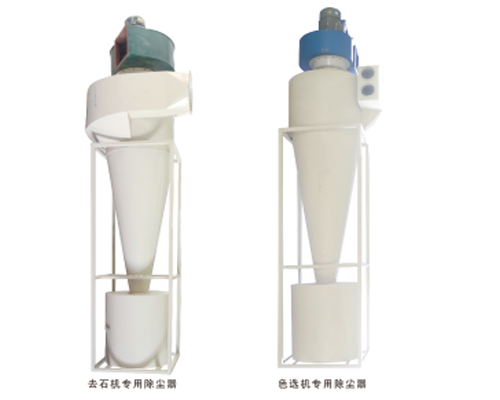
Product introduction of cyclone dust separator
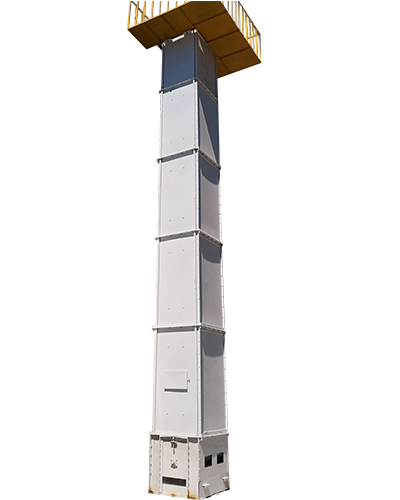
Vertical hoist
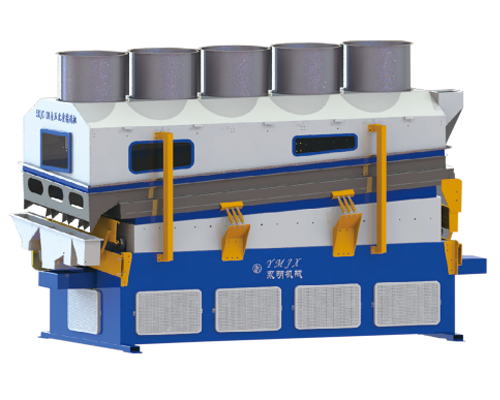
Gravity separator
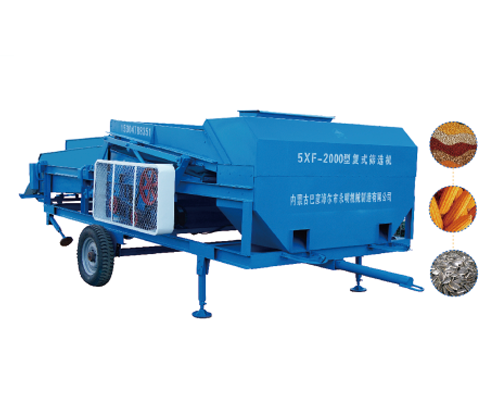
5XF-2000 type compound screening machine
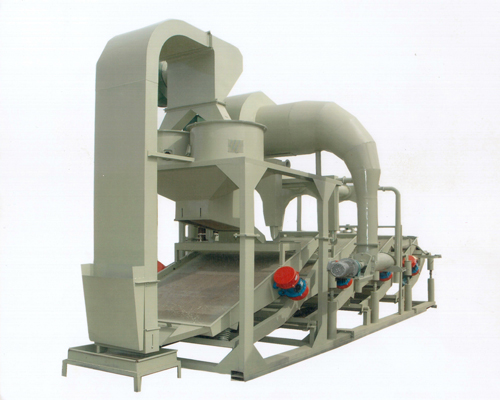
KTF3-1200 Sunflower seed hulling & separating machine
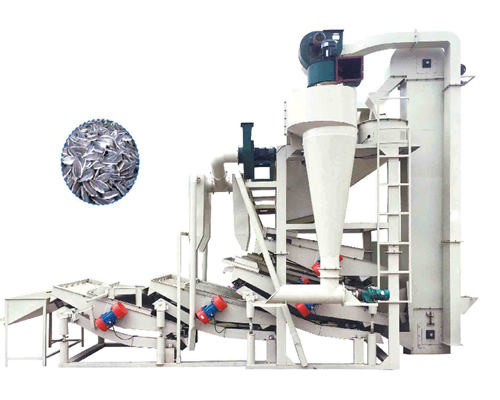
KTF4-2800型葵花脱壳分选机